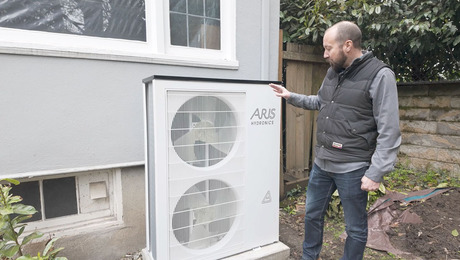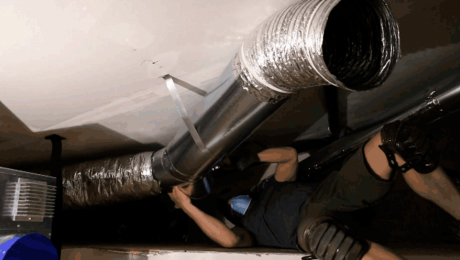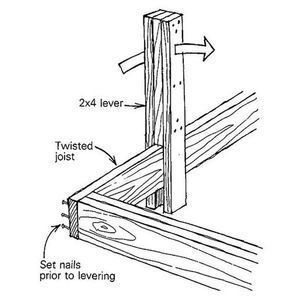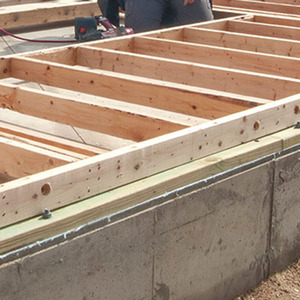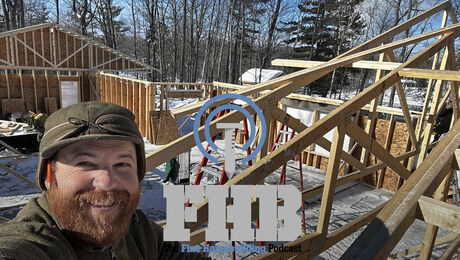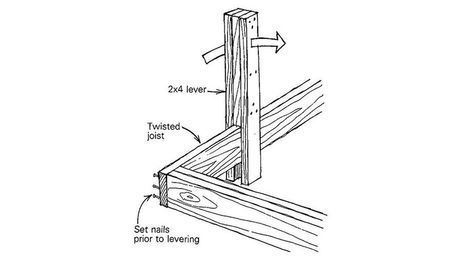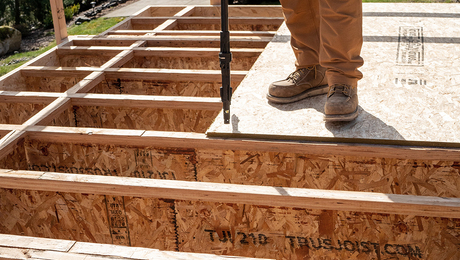The Boot Rule and Doing Better Work
This technic will eliminate a ton of bad habits I find in hardwood flooring installs.
When I was 16, my boss at the time, had two rules for hardwood flooring—no pneumatic flooring guns and the Boot Rule. He felt you lost the “feel” for the floor when using pneumatic guns and I agree. 20+ years ago things ran at a slower pace. There was something about hand pounding ring nails into hardwood, taking a single swing to drive home a nail in the morning when you’re fresh and later in the day taking two to three blows to drive a single nail. A day on the job would tear my hands up. I’d have to swing lefty and righty. With this sort of arduous work you think about layout and being efficient so you didn’t have to do it again.
I’m not saying there’s no pride in today’s flooring installs, but I feel that “back in the day,” the tools and process lent for a result that intertwined hard work and pride.
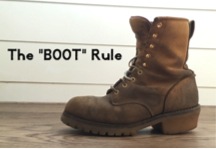 The Boot Rule
The Boot Rule
It starts right in the beginning, as soon as you drop the first bundle of hardwood on the subfloor. When you’re laying out the hardwood put the heel of your boot on the butt joints and pivot it 360 degrees and the goal is for the toe of your boot shouldn’t touch another joint.
This technic will eliminate a ton of bad habits I find in hardwood flooring installs.
What we’re trying to eliminate with this technique is the “stair” or “lightning bolt” effect or just a bundle of shorts in one area. You’ll see examples of the boot touching joints as it pivots resulting in the “lightning bolt” in this video.
The Goal
The result, when you use your boot—or any shoe for that matter—is a more random hardwood flooring layout. You will have some steps or lightning bolts here and there, but they won’t be obvious. You will still have an occasional cluster of shorts. But, the goal is to have these patterns used in a closet or under the kitchen cabinets, not in the foyer (first impression of the home) or the family room where the room is huge and your eye catches all the joints.
Next time you walk into an old home, look at the floors. Most likely, you will see a random layout and very little evidence of patterns. I get it, old growth and longer lengths made this much easier. But, you can impact this result, you can order 2 ft. to 10 ft. length material instead of 1 ft. to 5 ft. It will help you make a showpiece. After all, wood flooring often covers 80% of the house’s floor plan. It’s kind of everywhere and should be looked at as more than just a floor covering.
Take some pride in all the elements that go into the project not just the stuff that’s in your face like a kitchen, built-in or tile in a master bath.


